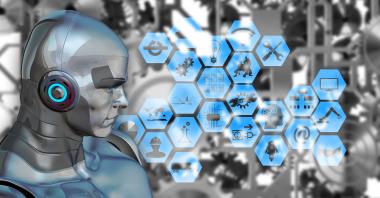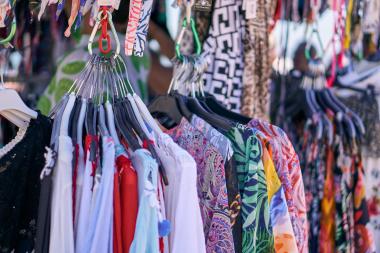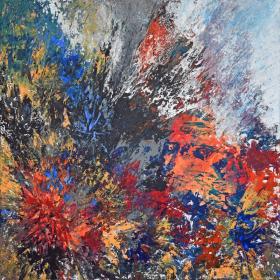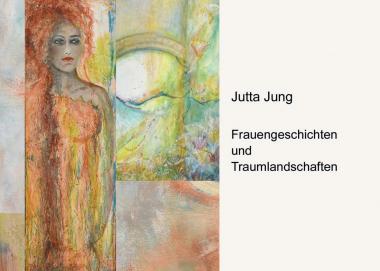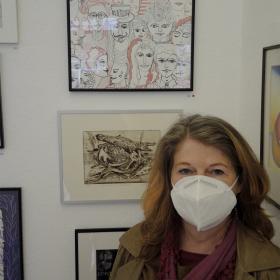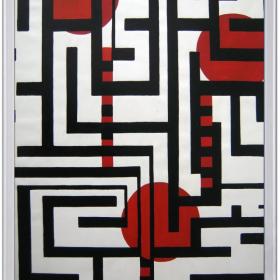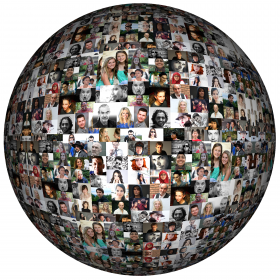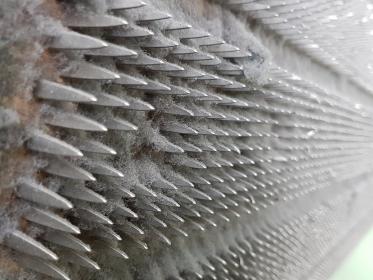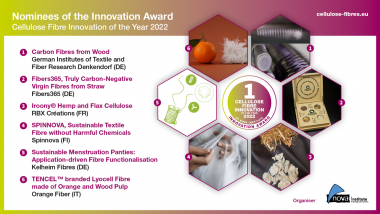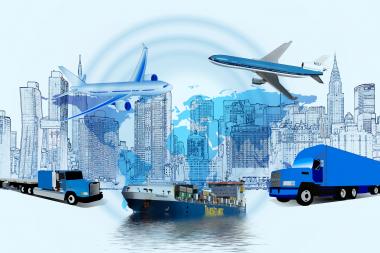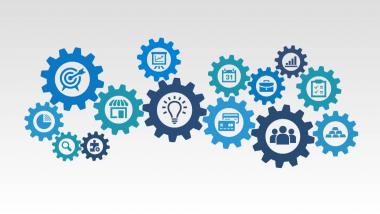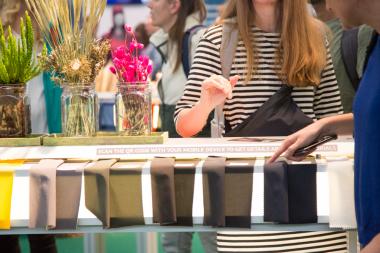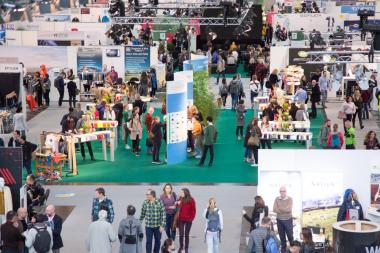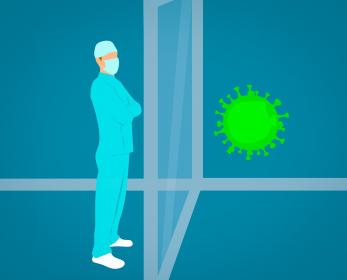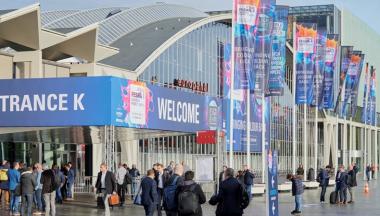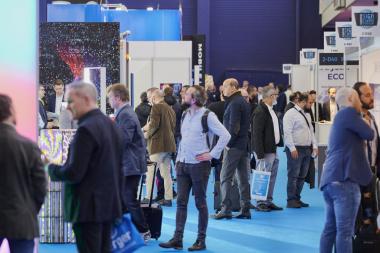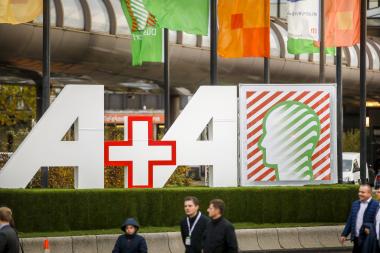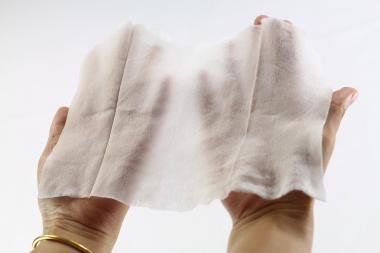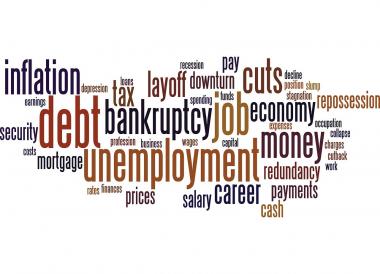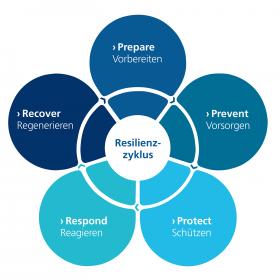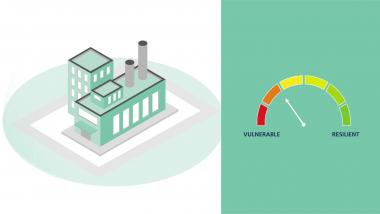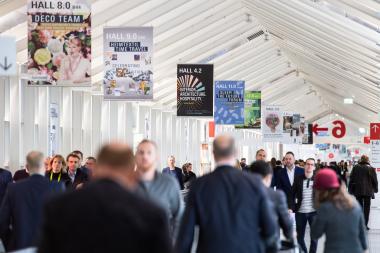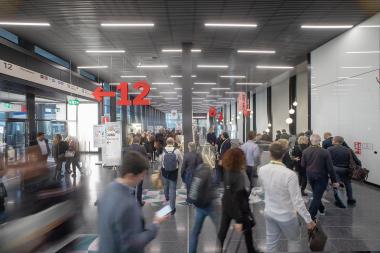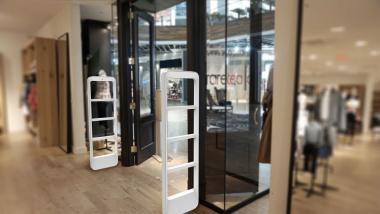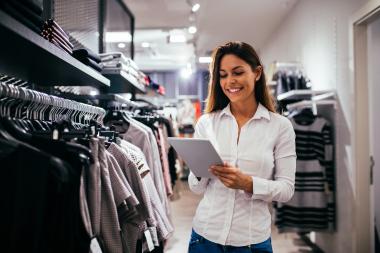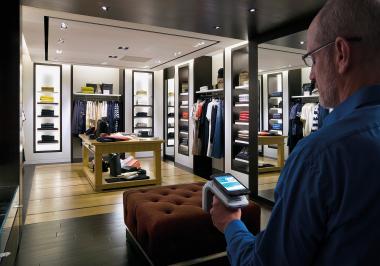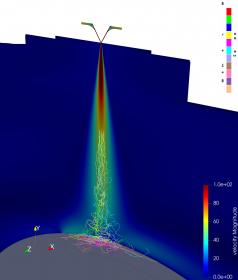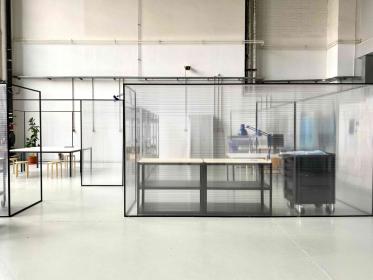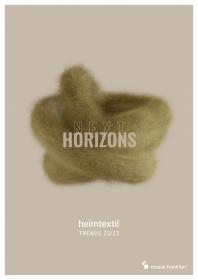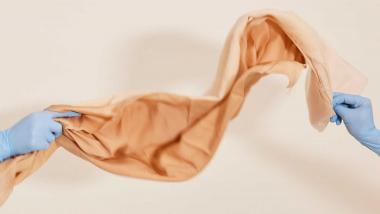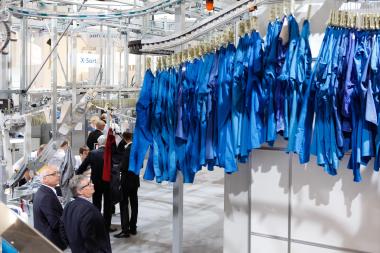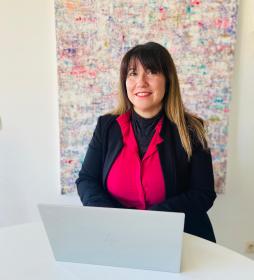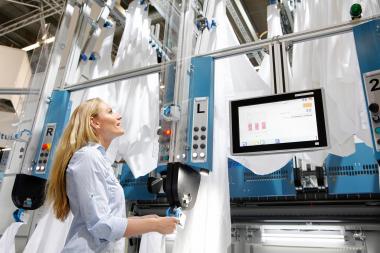FIMATEC innovation network enters second funding phase
The network for the development of fiber materials technology for healthcare and sports will receive funding from the Central Innovation Programme for SMEs (ZIM) for another two years.
The Federal Ministry for Economic Affairs and Climate Action (BMWi) approved a corresponding application in December 2021. This will continue to provide funding for the development of innovative functional fibers, smart textiles and application-optimized fiber composite materials until June 2023 and strengthen the technological competitiveness and innovative strength of small and medium-sized enterprises (SMEs).
For this purpose, the FIMATEC innovation network combines competences from different engineering and scientific disciplines with small and medium-sized manufacturers and service providers from the target sectors in medicine and sports (e.g. orthopaedics, prosthetics, surgery, smart textiles) as well as players from the textile and plastics industry.
This interdisciplinary combination of industrial partners and application-oriented research institutions increases competitiveness and enables the players to realise their technical research and development projects quickly and in a targeted manner. The focus for the joint R&D projects of the companies and research institutions is on the development of innovative materials and efficient manufacturing technologies.
Fiber-based materials have become indispensable in many applications in medicine and sports. As a pure fiber, processed into a textile or as a fiber composite plastic, they offer an almost unlimited variety for adjusting property and functional profiles. At the same time, the demands on the range of functions, performance and cost-effectiveness are constantly increasing, so that there is great potential for innovation. Developments are driven on the one hand by new materials and manufacturing processes, and on the other by innovative applications. Products with new and superior functions create a technological advantage over international competitors and enable higher sales revenues. In addition, efficient processes, application-optimized materials or even the integration of functions into the basic structure of textile materials lead to lower production costs and improved marketing opportunities in the future.
For developments in this context, the partners have joined forces in the FIMATEC innovation network, thus combining their expertise. Within the network, innovative materials and processes are being developed jointly in the following areas and tested in future-oriented products and services:
- Functional fibers
Innovative fiber materials with integrated functionalities - Preforming
Highly load path optimized fiber orientations for complex fiber composite components. - Smart Textiles
Textile-based sensors and actuators - Hybrid material and manufacturing technologies
Application-optimized components through cross-technology solution approaches. - Fiber composites
Intelligent matrix systems and function-optimized fiber materials. - Fiber-reinforced 3D printing
High-quality additive manufacturing processes for the efficient production of individualized products.
17 network partners are researching fiber-based materials for medical and sports technologyCurrently, ten companies and seven research institutions are involved in FIMATEC. Interested companies and research institutions as well as potential users can continue to participate in the cooperation network or R&D projects. In the course of membership, the partners are actively supported in identifying and initiating innovation projects as well as securing financing through funding acquisition. One application for ZIM project funding has already been approved by FIMATEC in its first year.
The aim of the already approved project "CFKadapt" is to develop a thermoformable fiber-plastic composite material for optimally adaptable orthopedic aids such as prostheses and orthoses. In the "Modul3Rad" project, which is currently being worked out in detail, the project partners intend to develop a modular lightweight frame system for the construction of user-friendly therapy tricycles, suitable for everyday use by severely and very severely disabled children. Three further collaborative projects are already in the planning stage.
The technology and knowledge transfer enables in particular small and medium-sized enterprises (SMEs) to access cutting-edge technological research, especially these are often denied access to innovations due to the lack of their own research departments. The IWS GmbH has taken over the network management for FIMATEC and supports the partners from the first idea to the search for suitable project partners and the preparation and coordination of funding applications. The aim is to obtain funding from the Central Innovation Programme for SMEs (ZIM), which offers companies funding opportunities for a wide range of technical innovation projects in cooperation with research institutions.
FIMATEC-netzwork partners
all ahead composites GmbH | Veitshöchheim | www.bike-ahead-composites.de
Altropol Kunststoff GmbH | Stockelsdorf | www.altropol.de
Diondo GmbH | Hattingen | www.diondo.com
Mailinger innovative fiber solutions GmbH | Sontra | www.mailinger.de
Sanitätshaus Manfred Klein GmbH & Co. KG | Stade | www.klein-sanitaetshaus.de
STREHL GmbH & Co KG | Bremervörde | www.rehastrehl.de
WESOM Textil GmbH | Olbersdorf | www.wesom-textil.de
Faserinstitut Bremen e.V. (FIBRE) | www.faserinstitut.de
E.F.M. GmbH | Olbersdorf | www.efm-gmbh.de
REHA-OT Lüneburg Melchior und Fittkau GmbH | Olbersdorf | www.rehaot.de
Fraunhofer-Institut für Fertigungstechnik und Angewandte Materialforschung IFAM | Bremen | www.ifam.fraunhofer.de
Leibniz-Institut für Polymerforschung Dresden e.V. (IPF) | www.ipfdd.de
Institut für Polymertechnologien Wismar e.V. (IPT) | www.ipt-wismar.de
Institut für Verbundwerkstoffe GmbH | Kaiserslautern | www.ivw.uni-kl.de
Associated network partners
9T Labs AG | Zürich, Schweiz | www.9tlabs.com
Fachhochschule Nordwestschweiz, Institut für Kunststofftechnik (FHNW) | www.fhnw.ch
KATZ - Kunststoff Ausbildungs- und Technologie-Zentrum | Aarau, Schweiz | www.katz.ch
Composites medical technology 3D printing FIMATEC Smart textiles 3D printing materials
Textination / IWS Innovations- und Wissensstrategien GmbH


